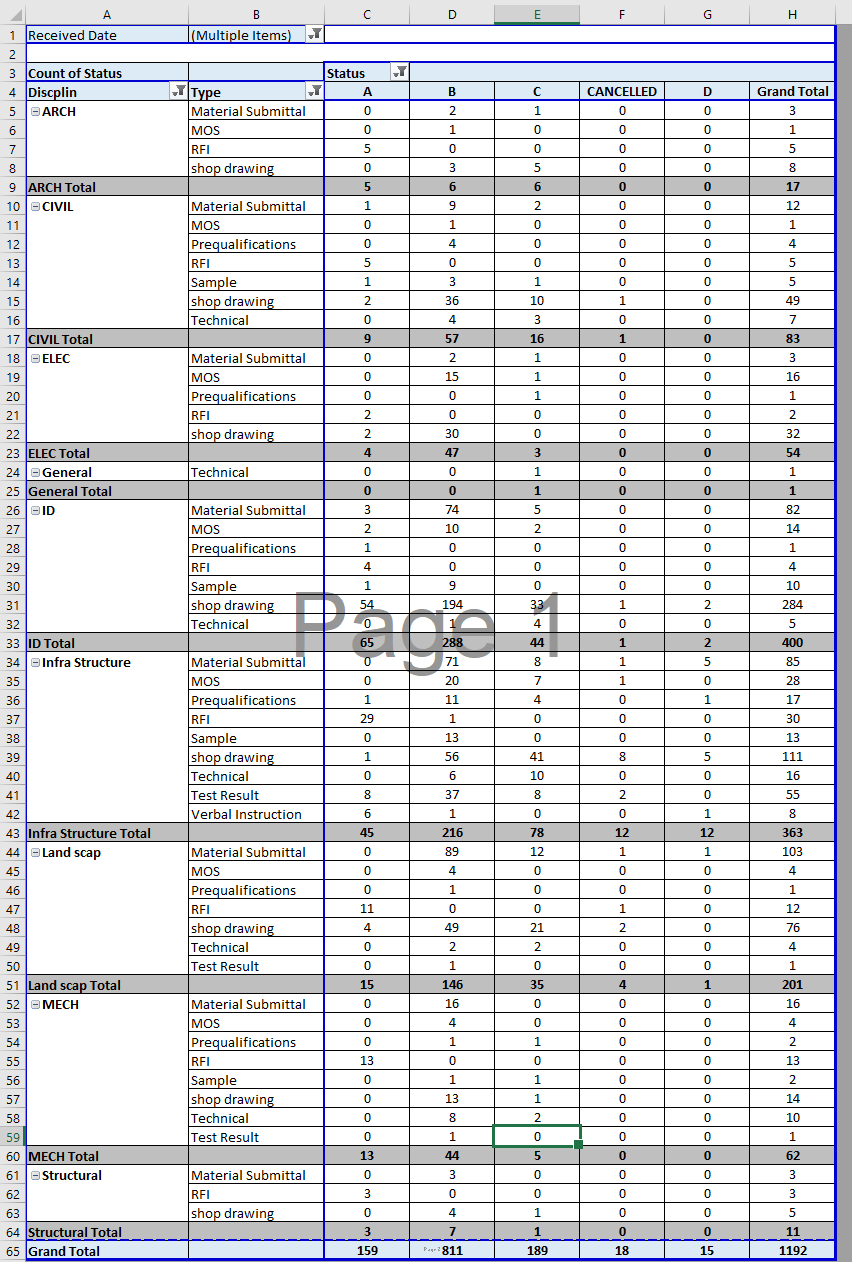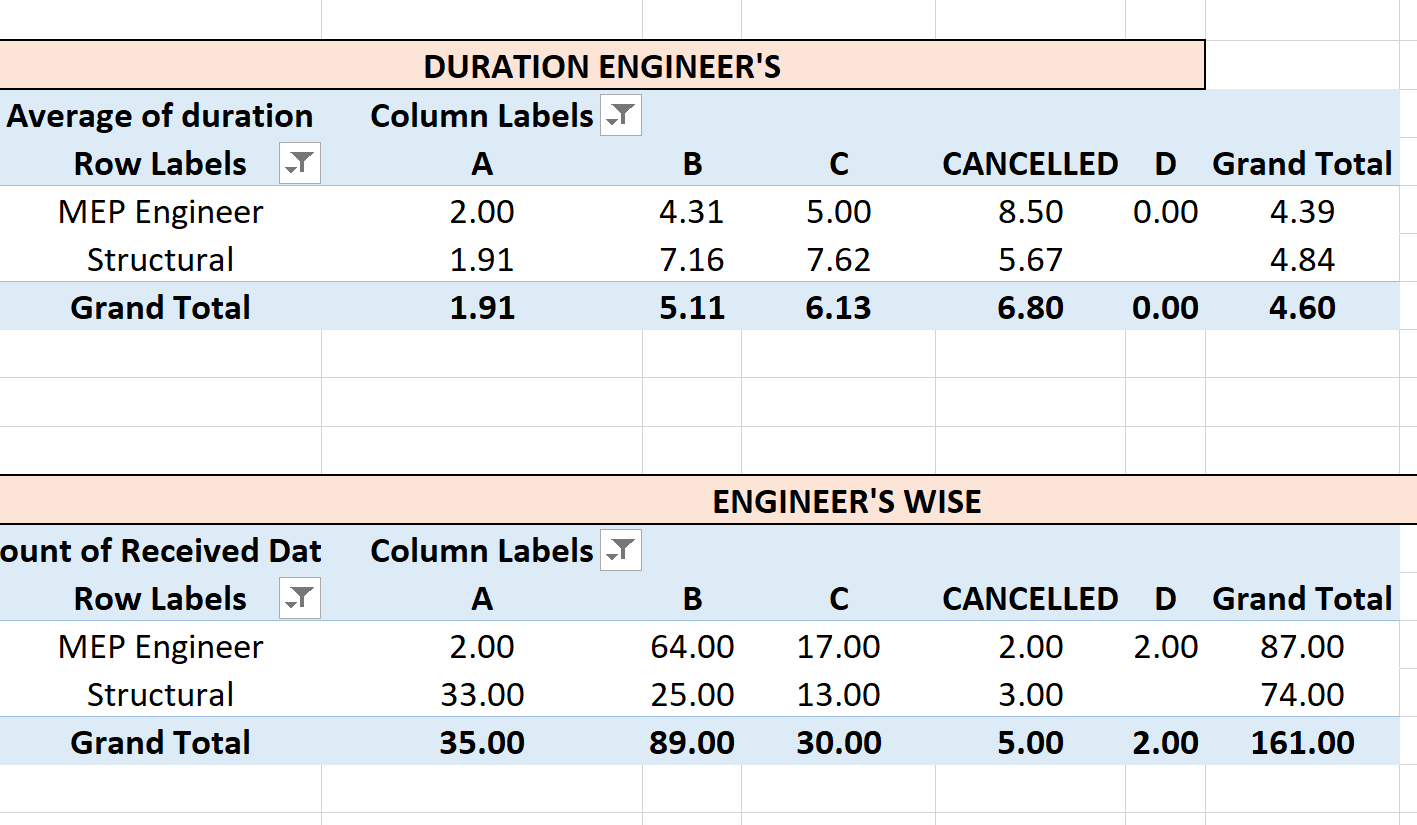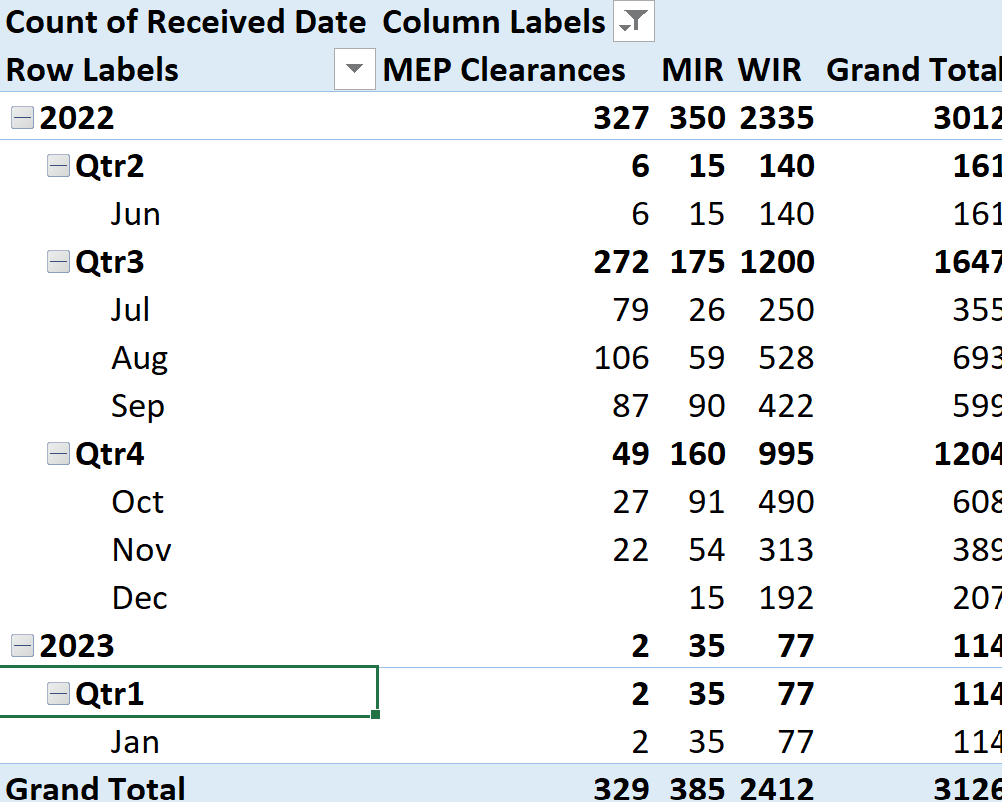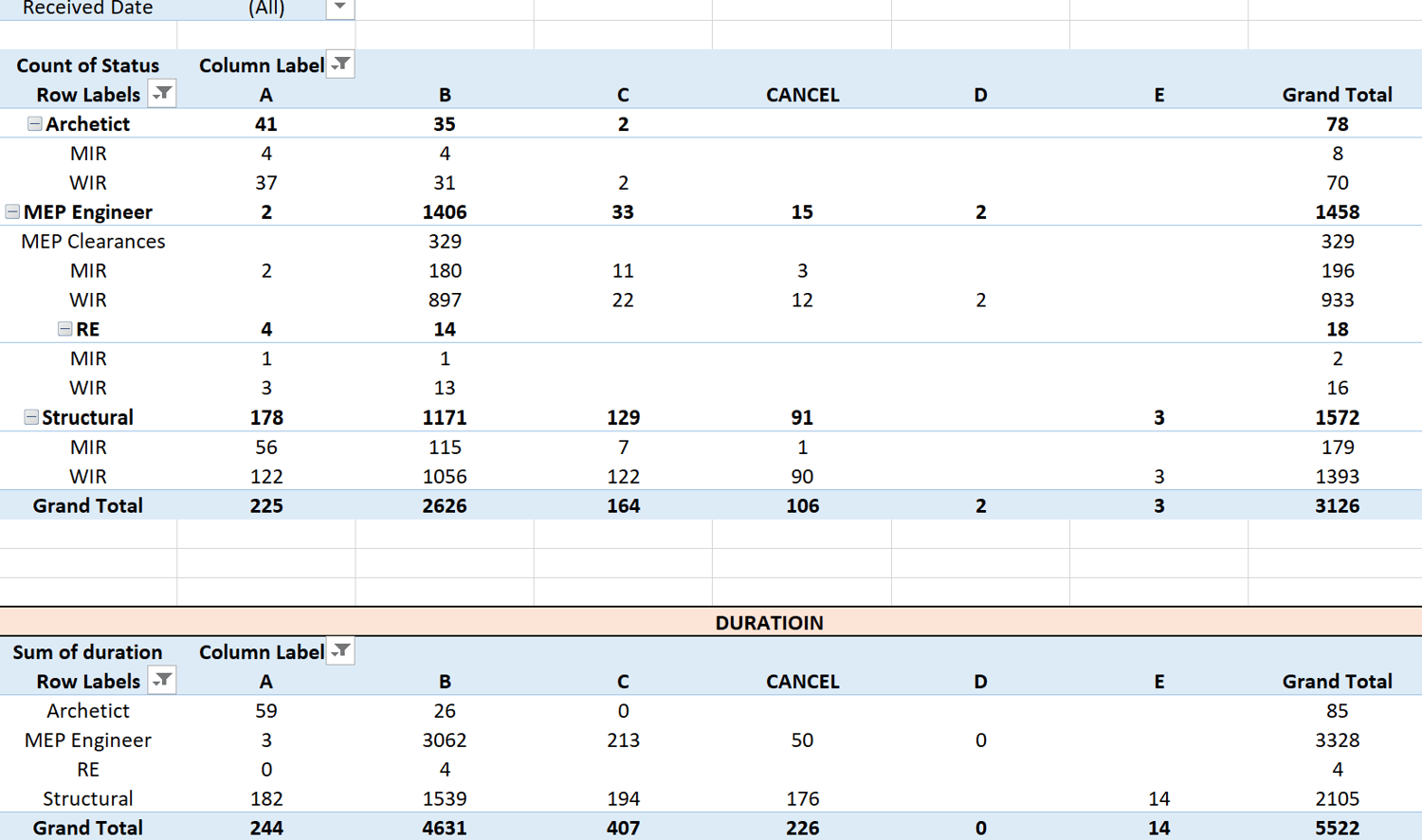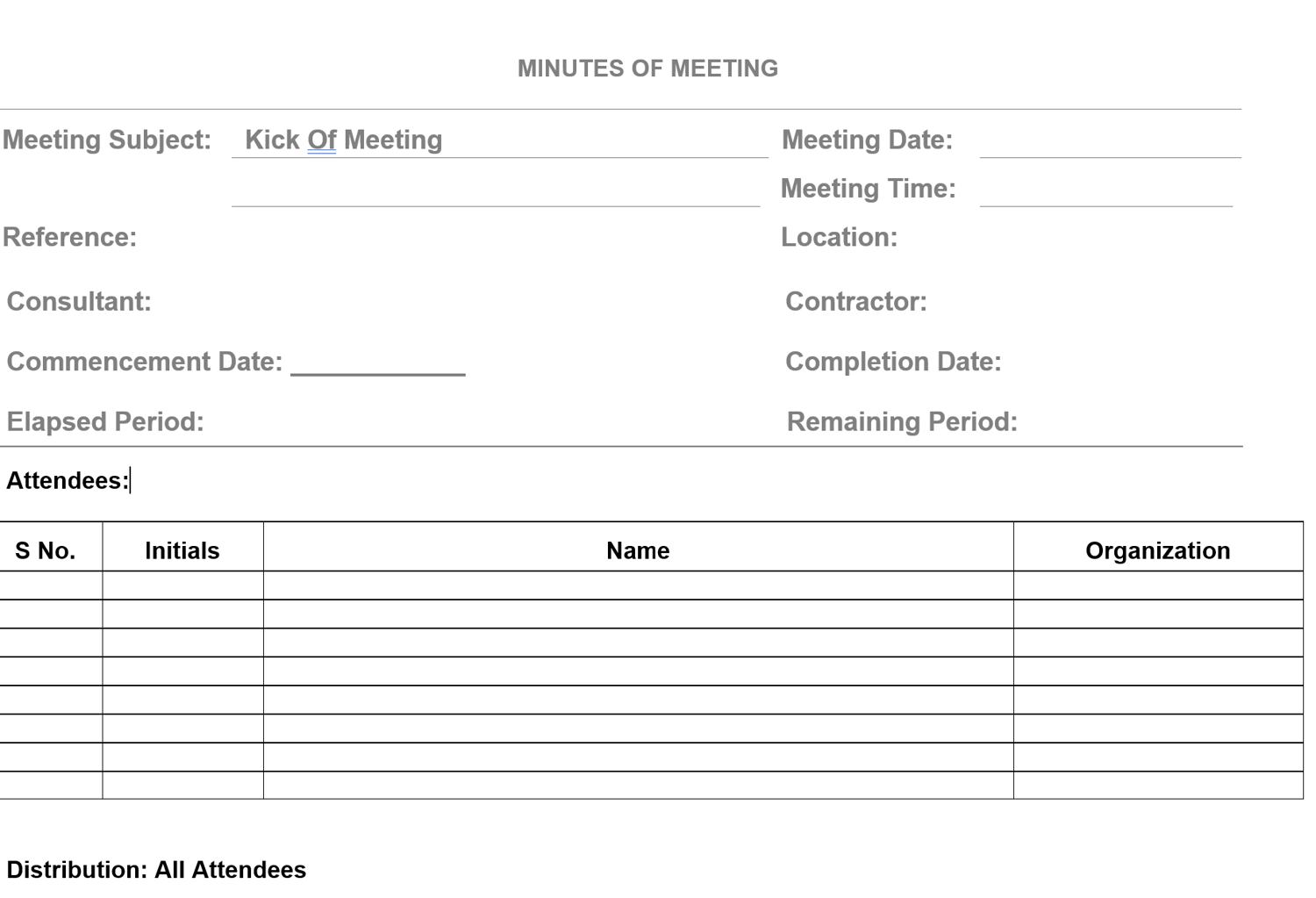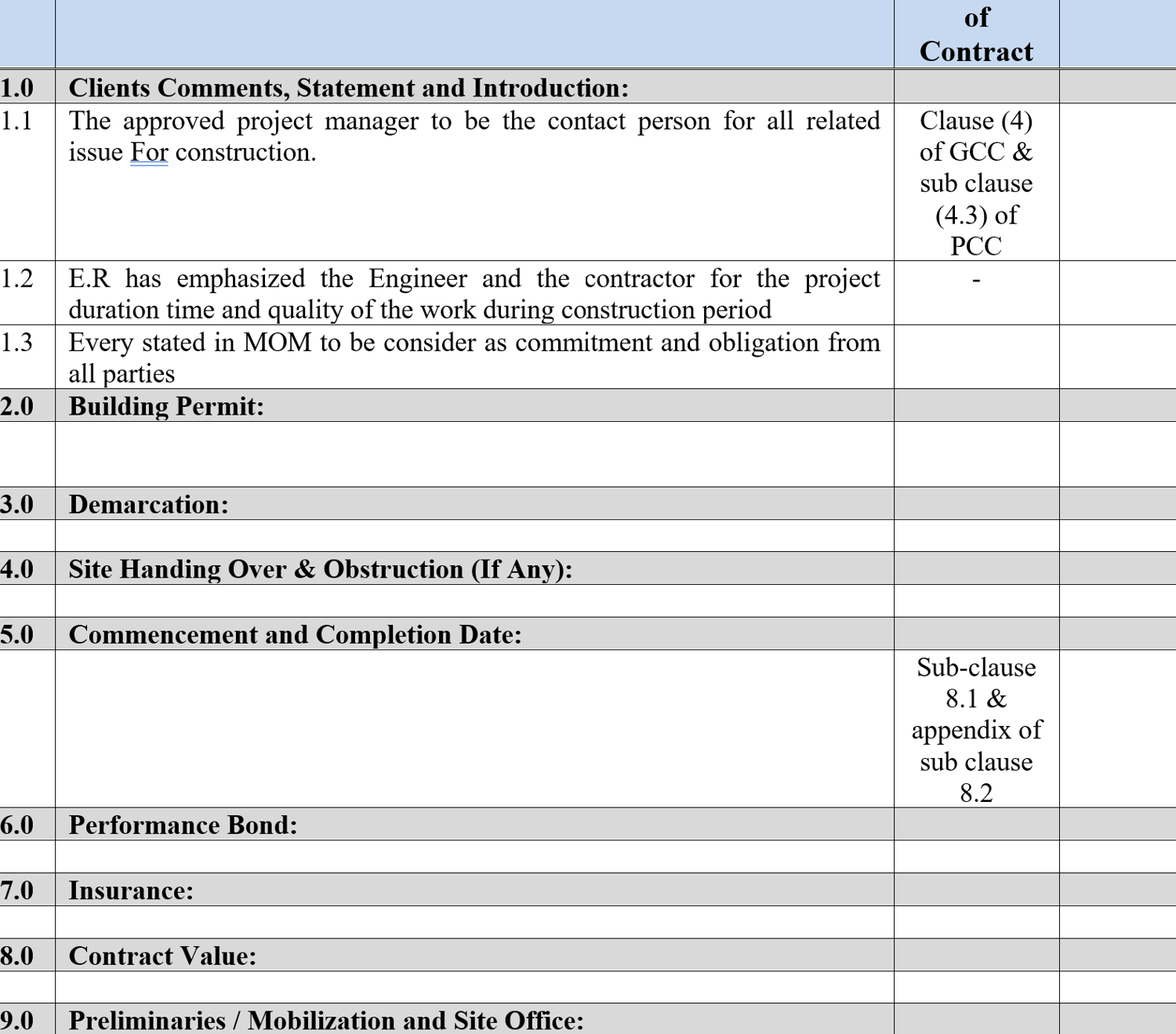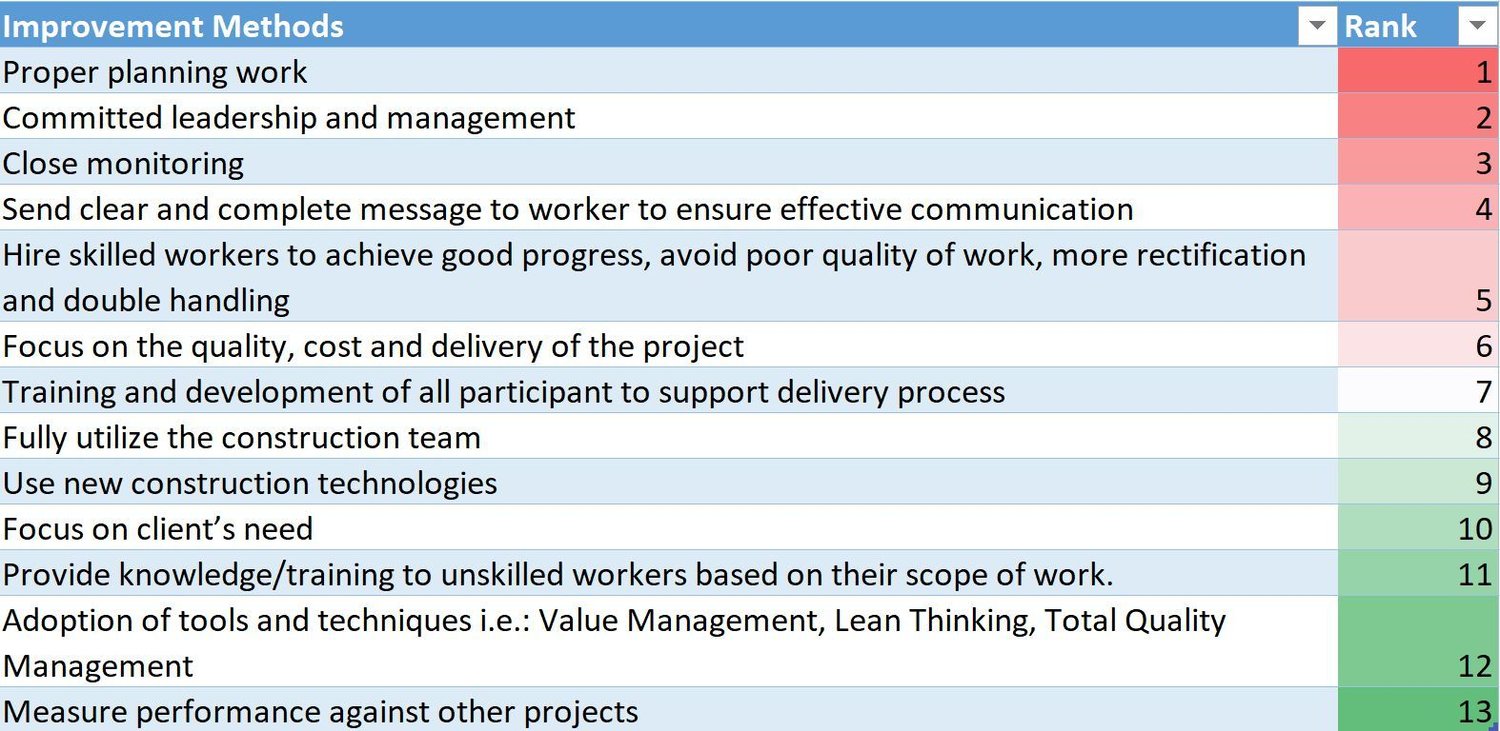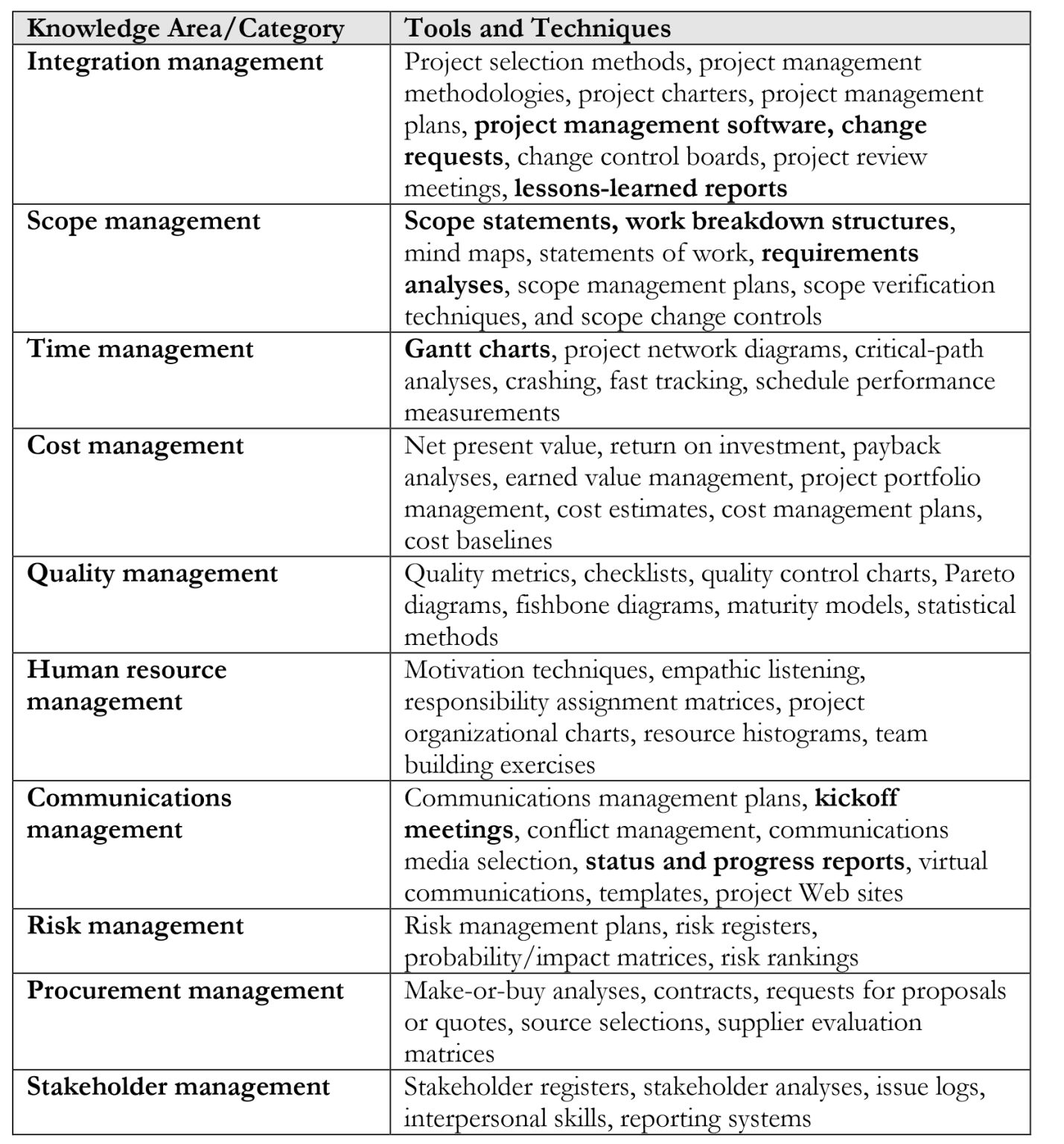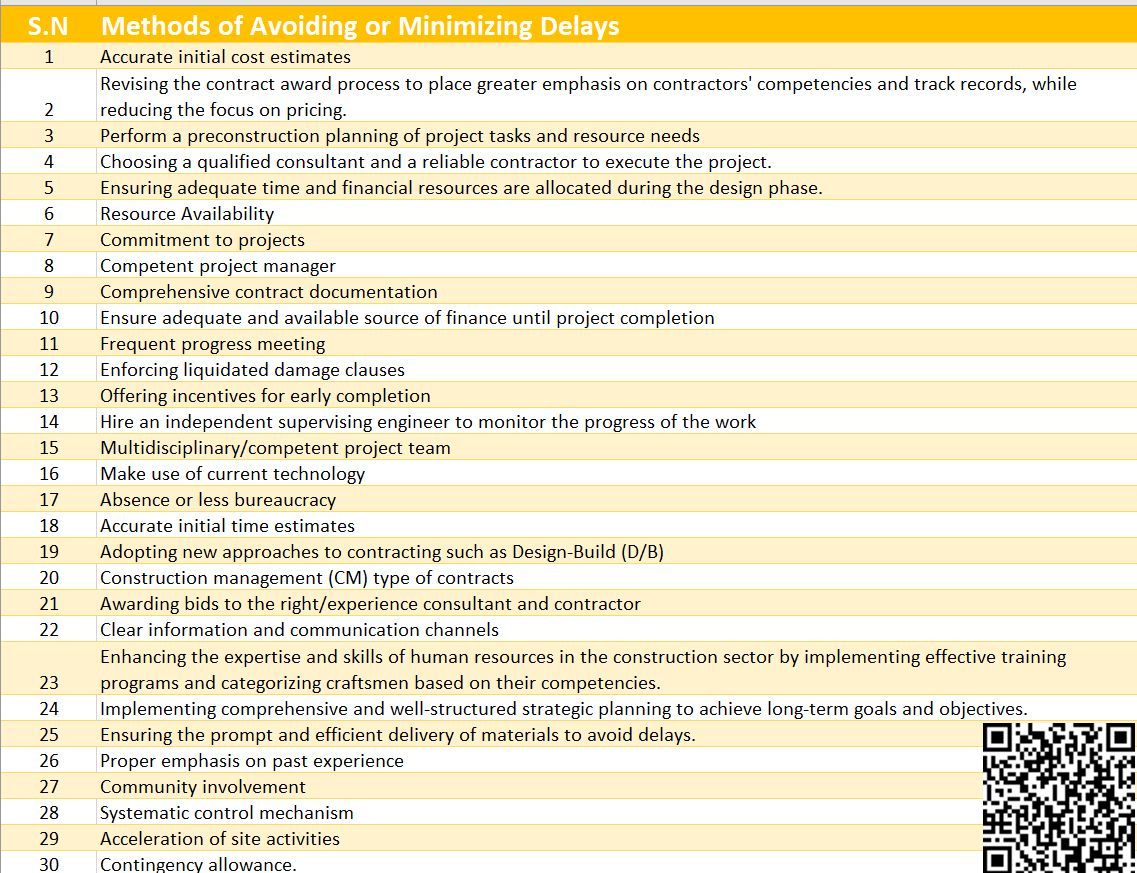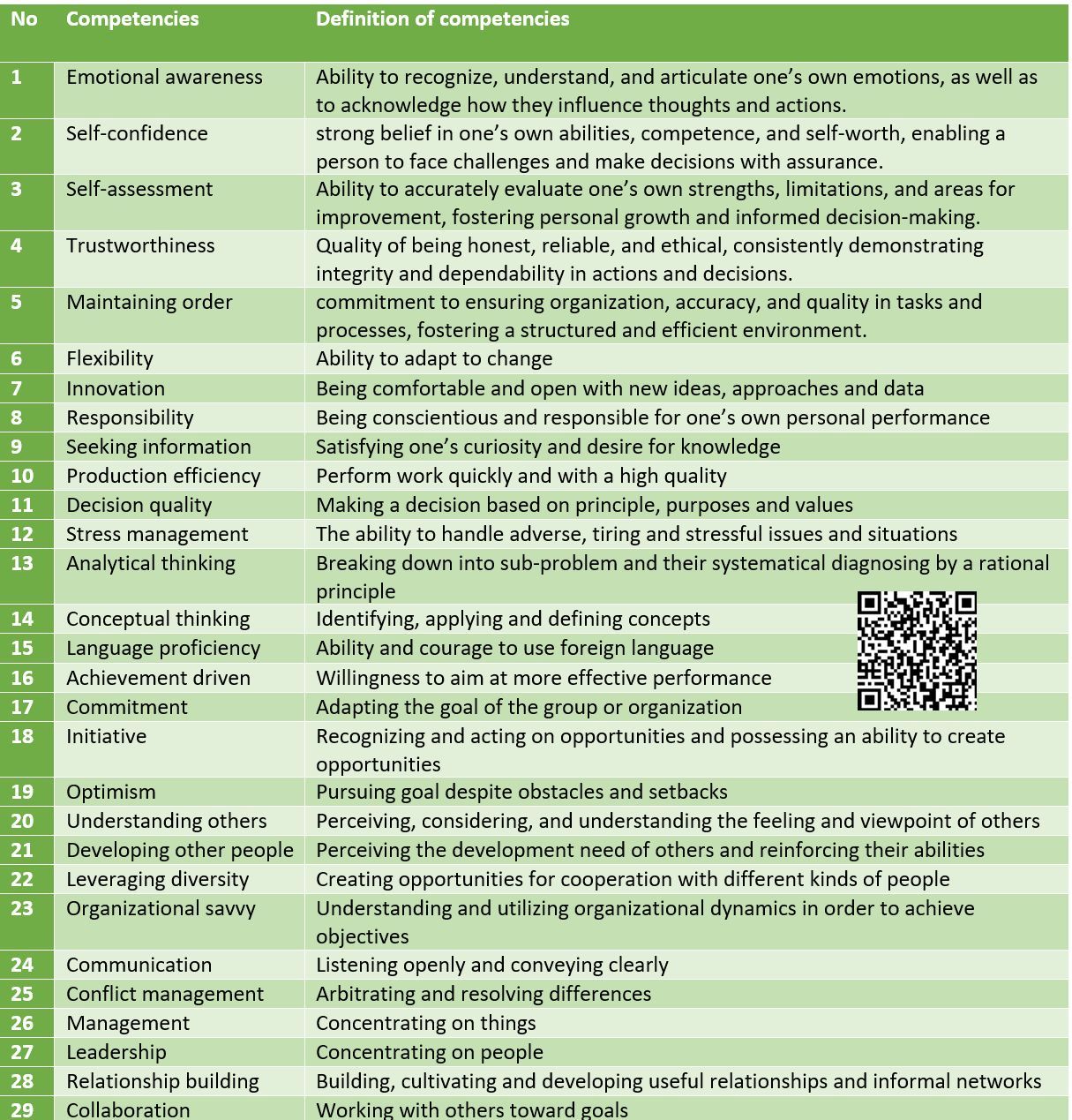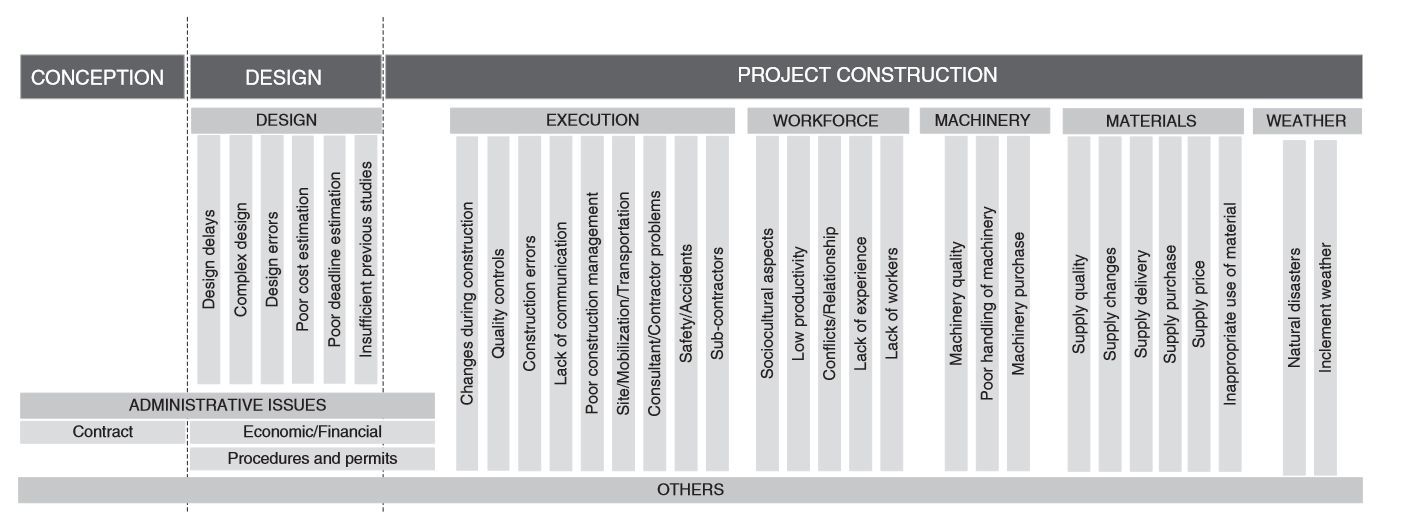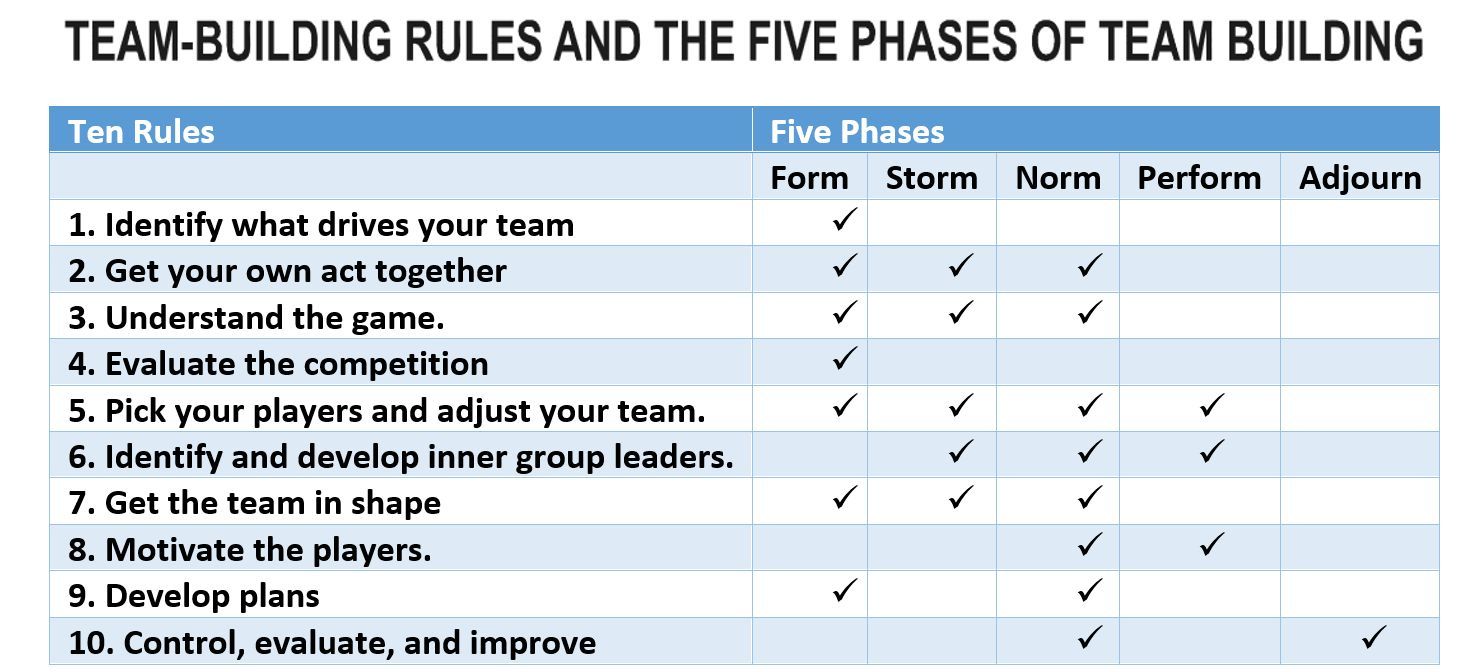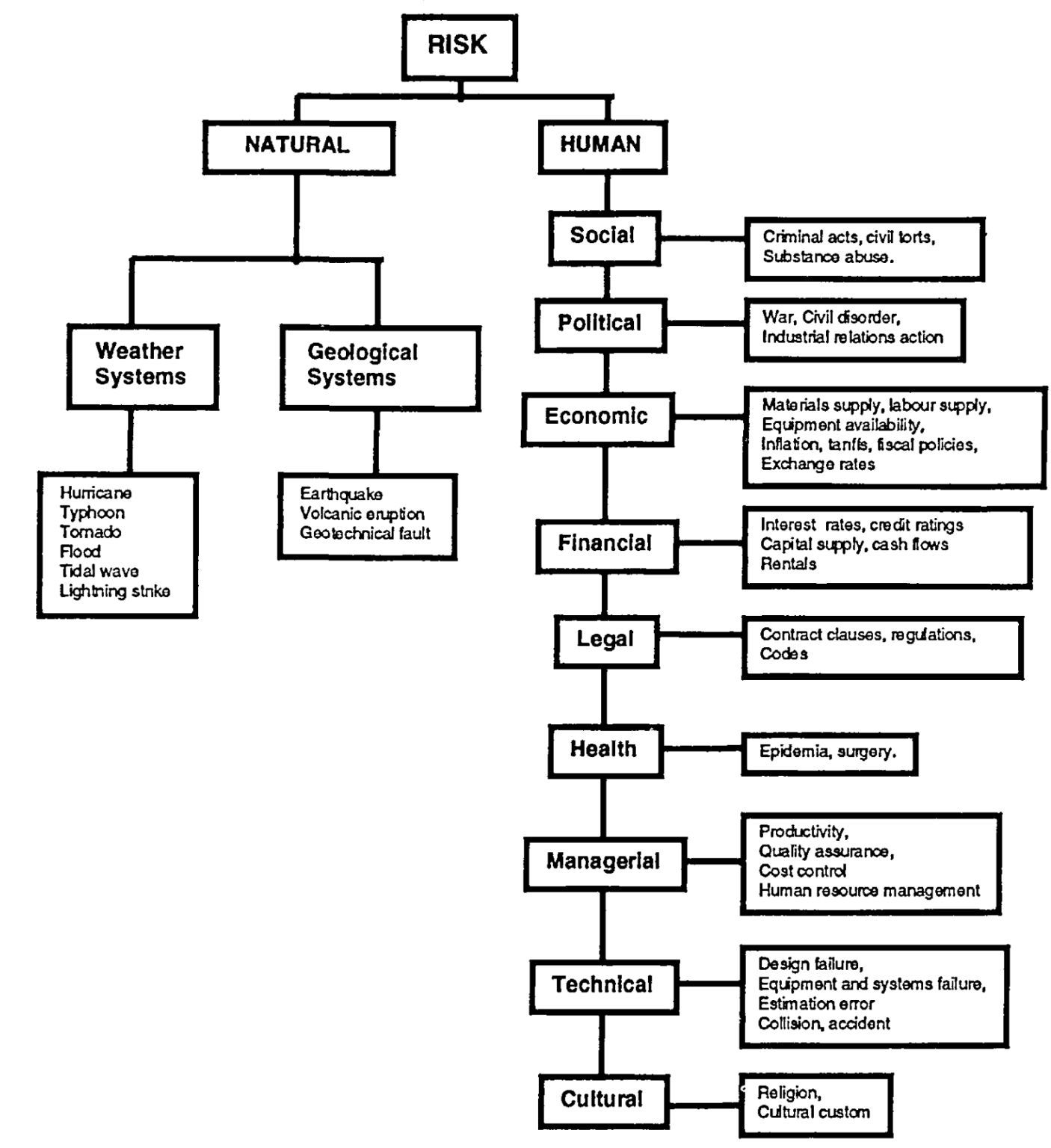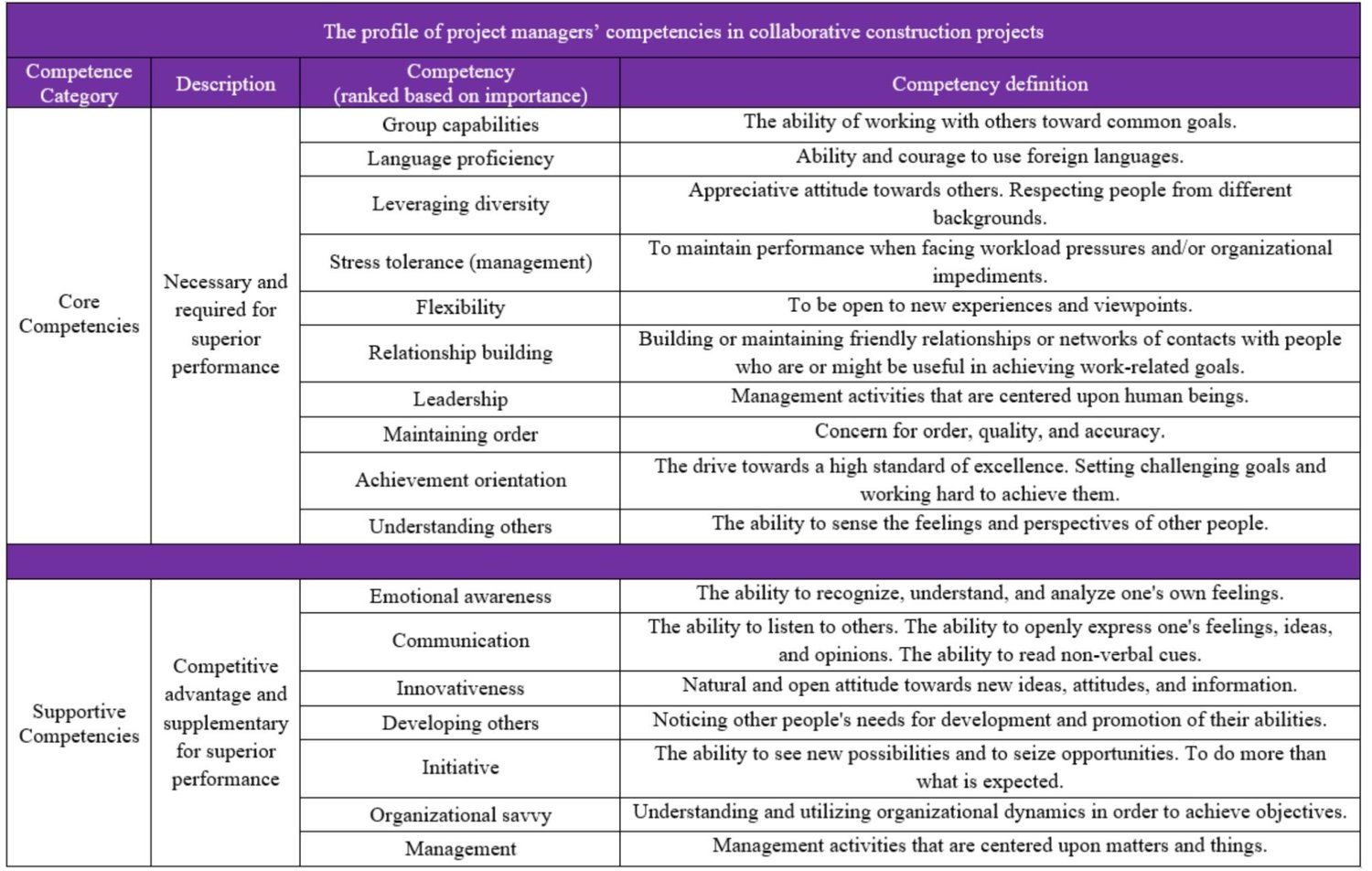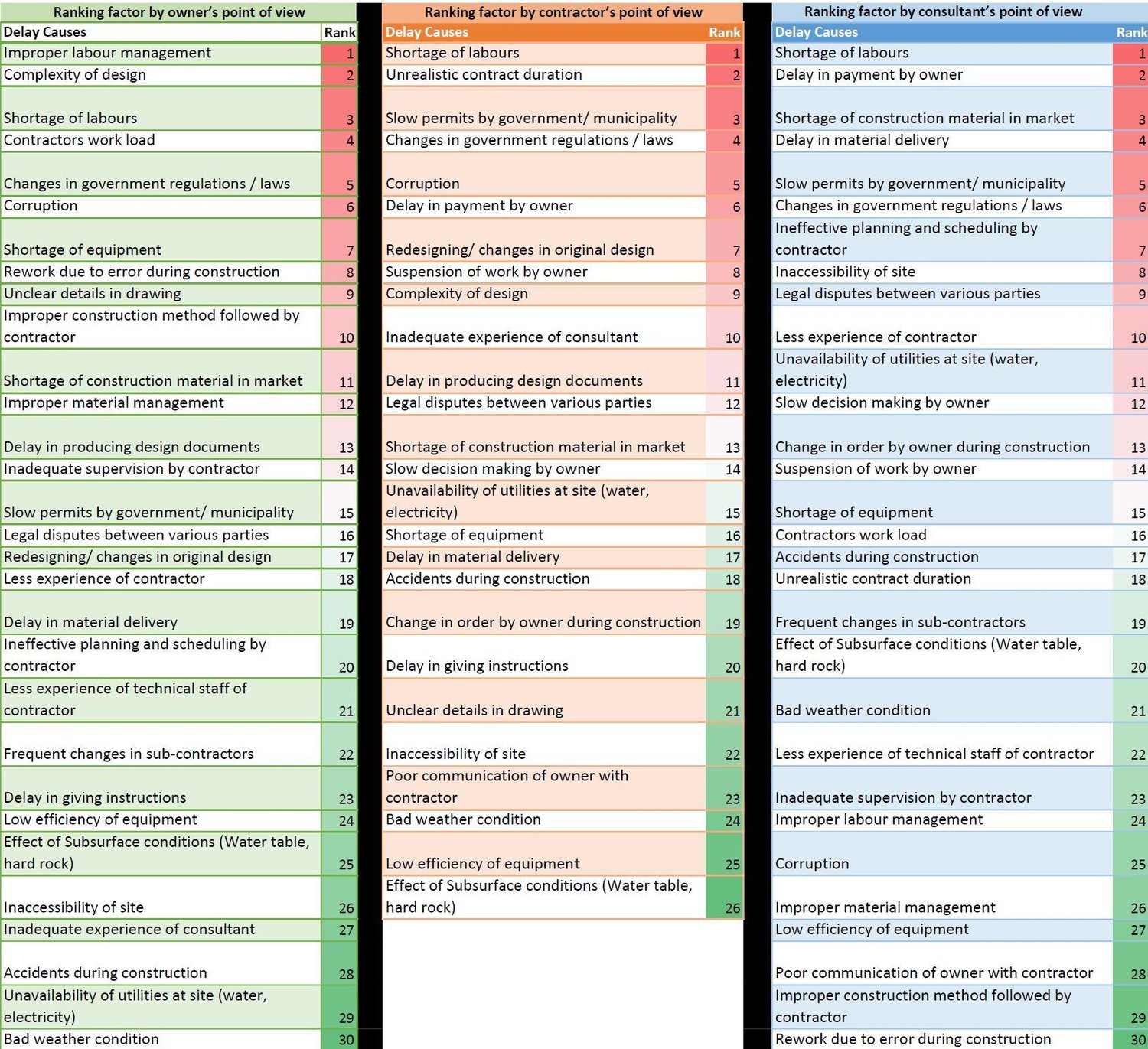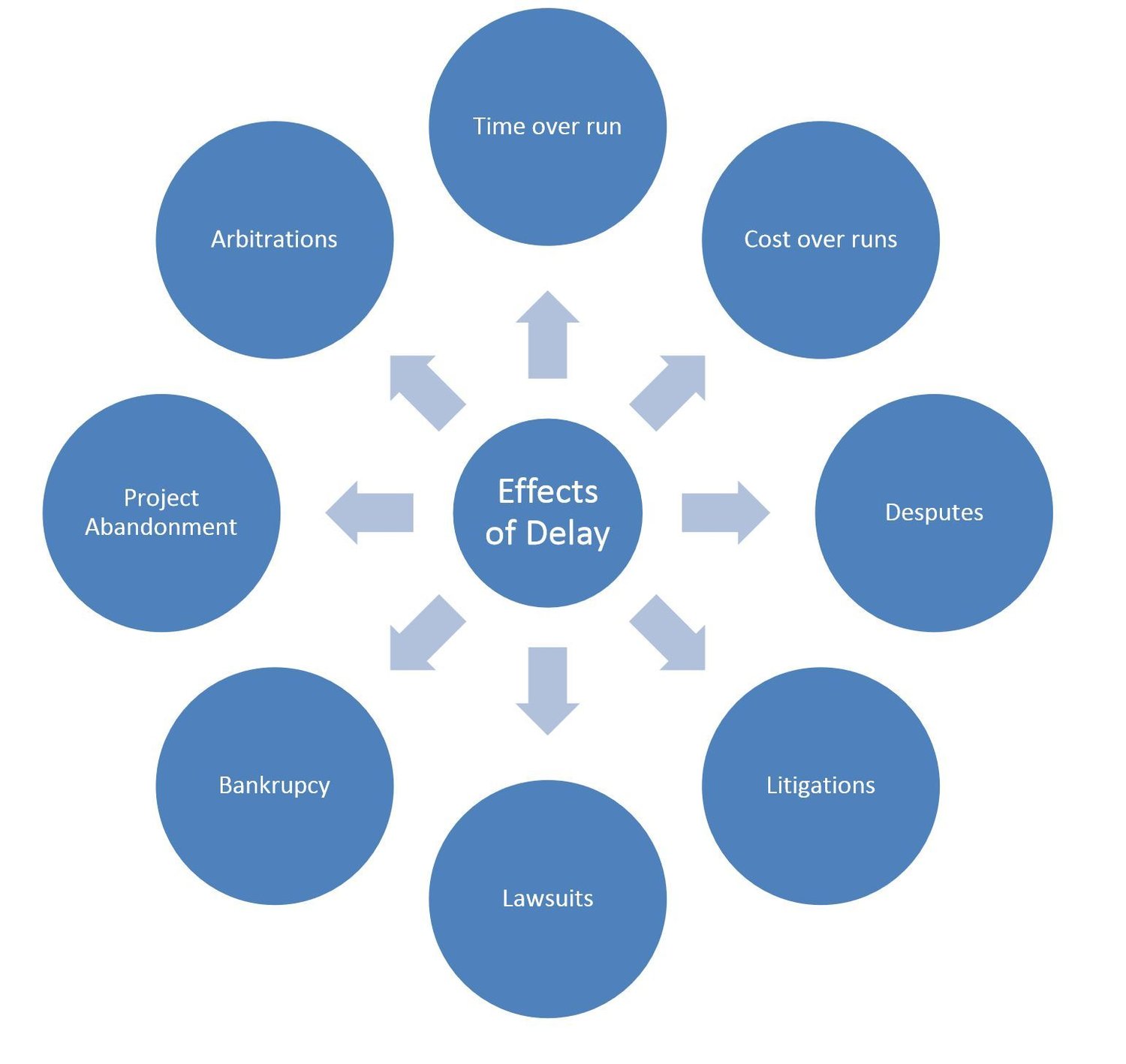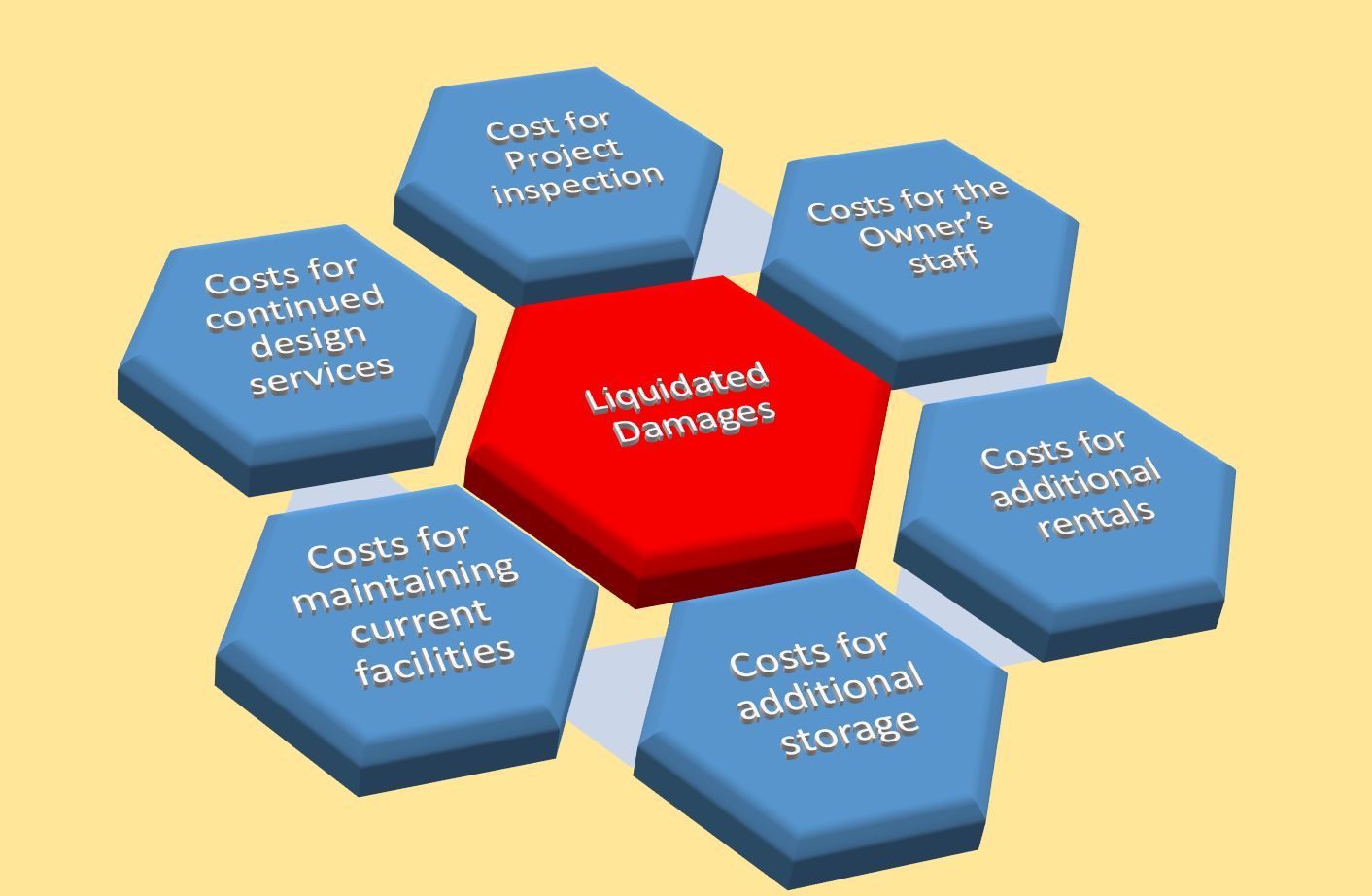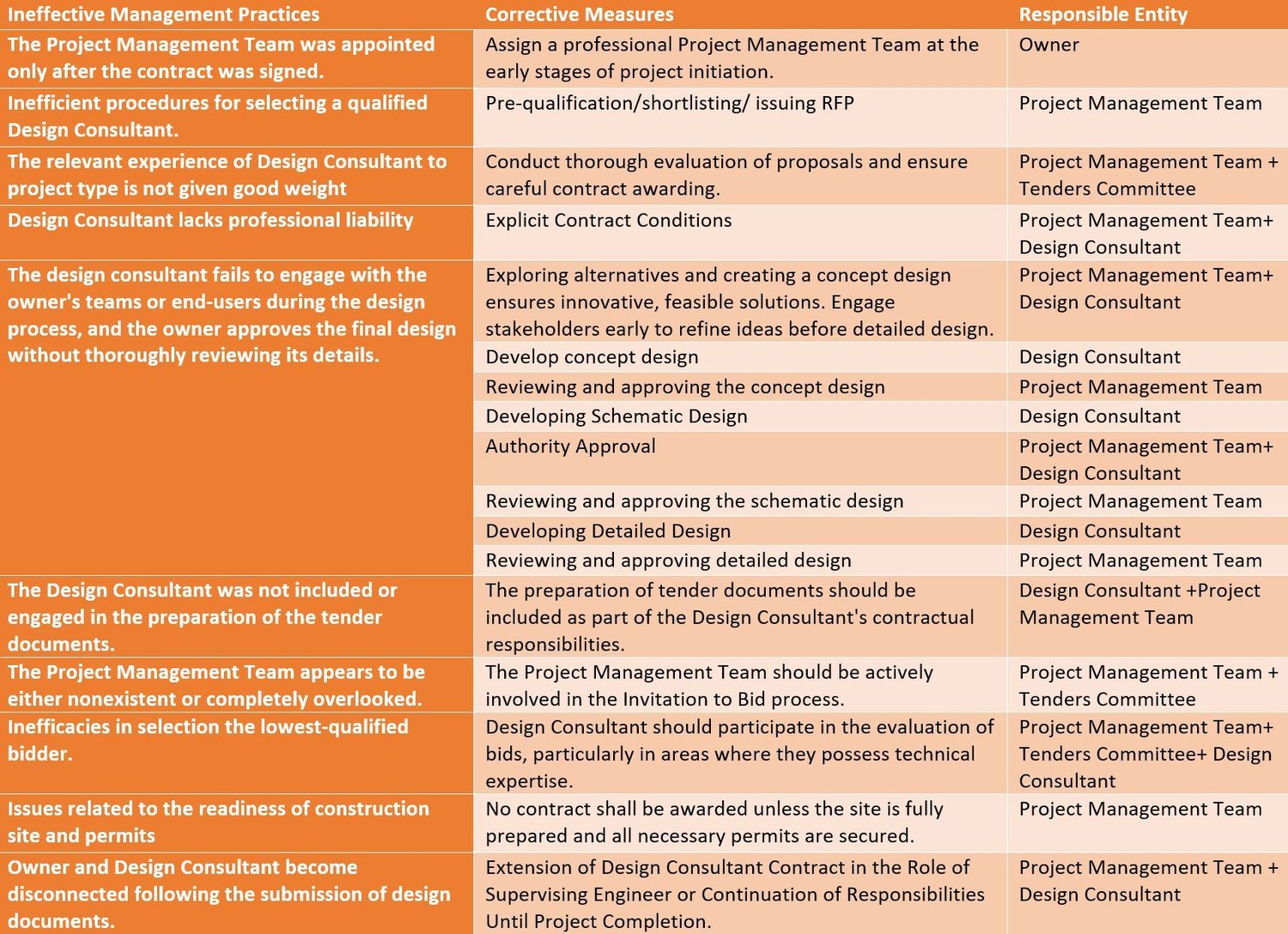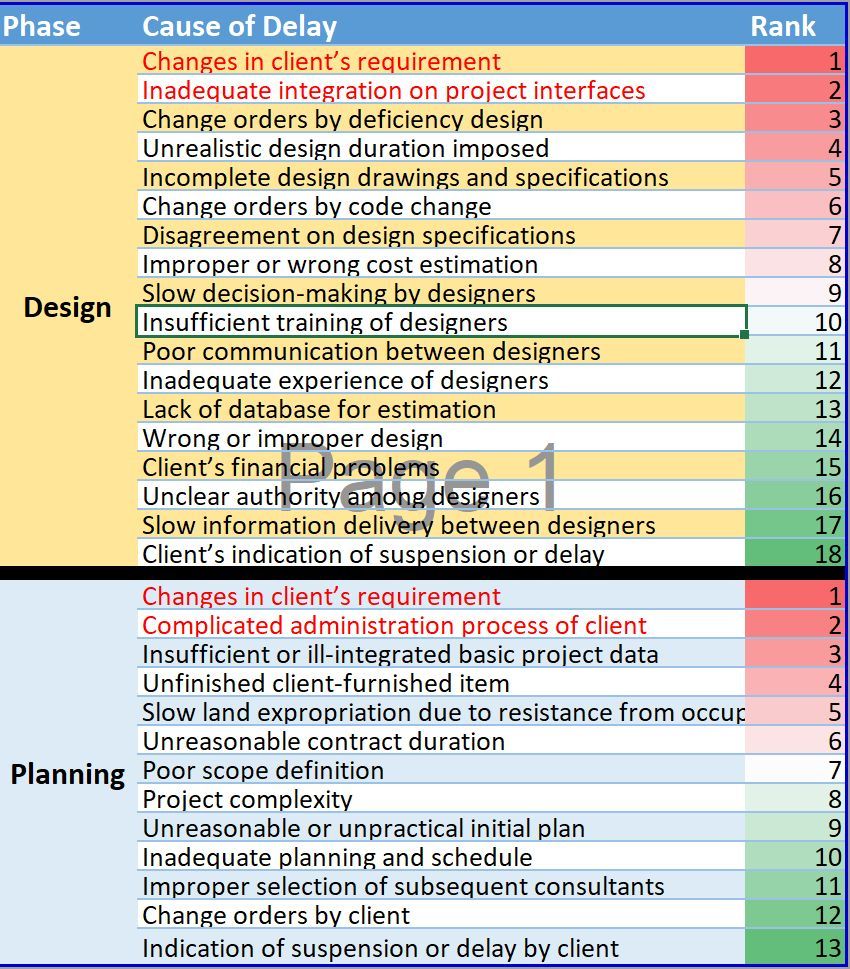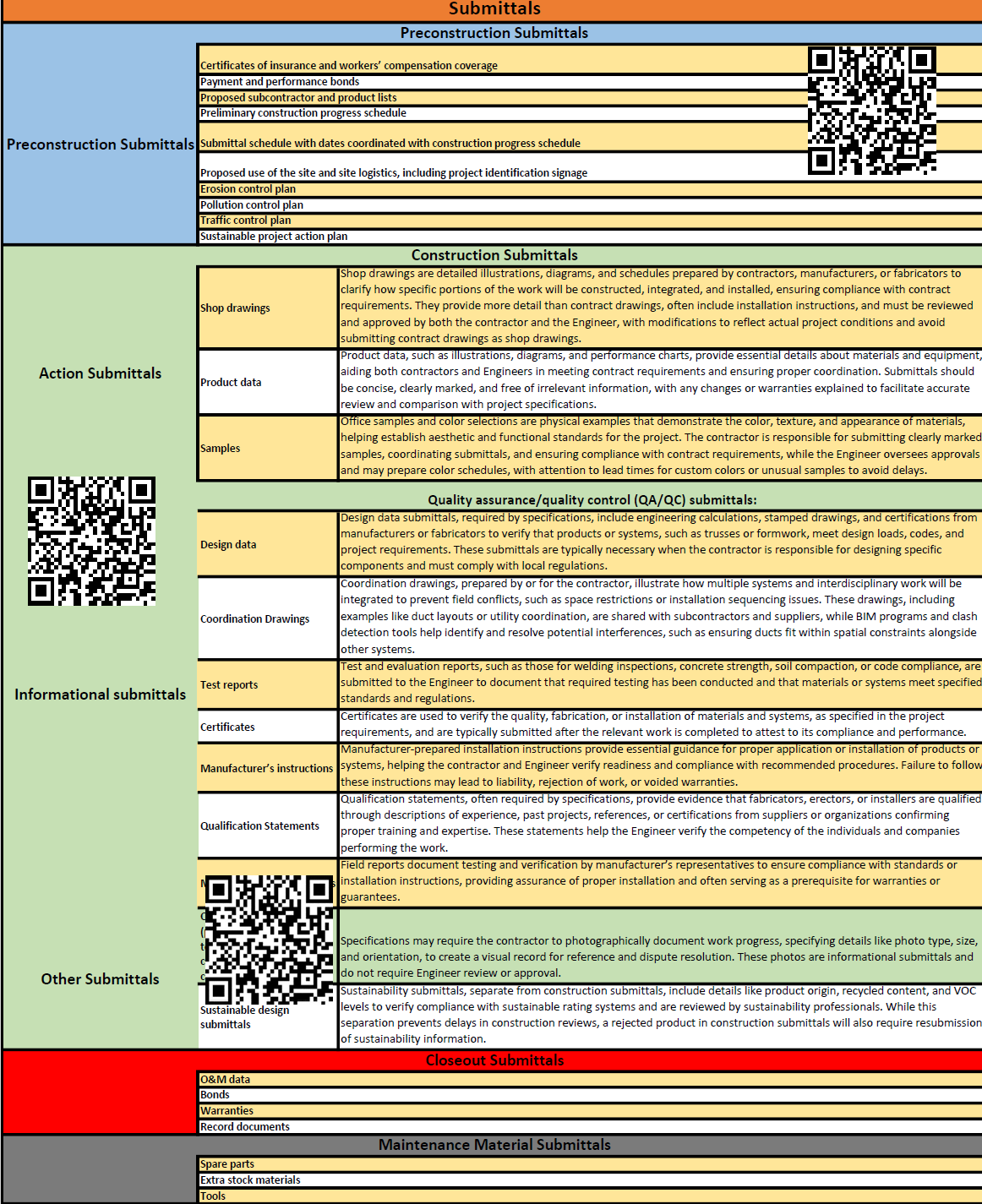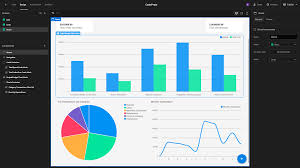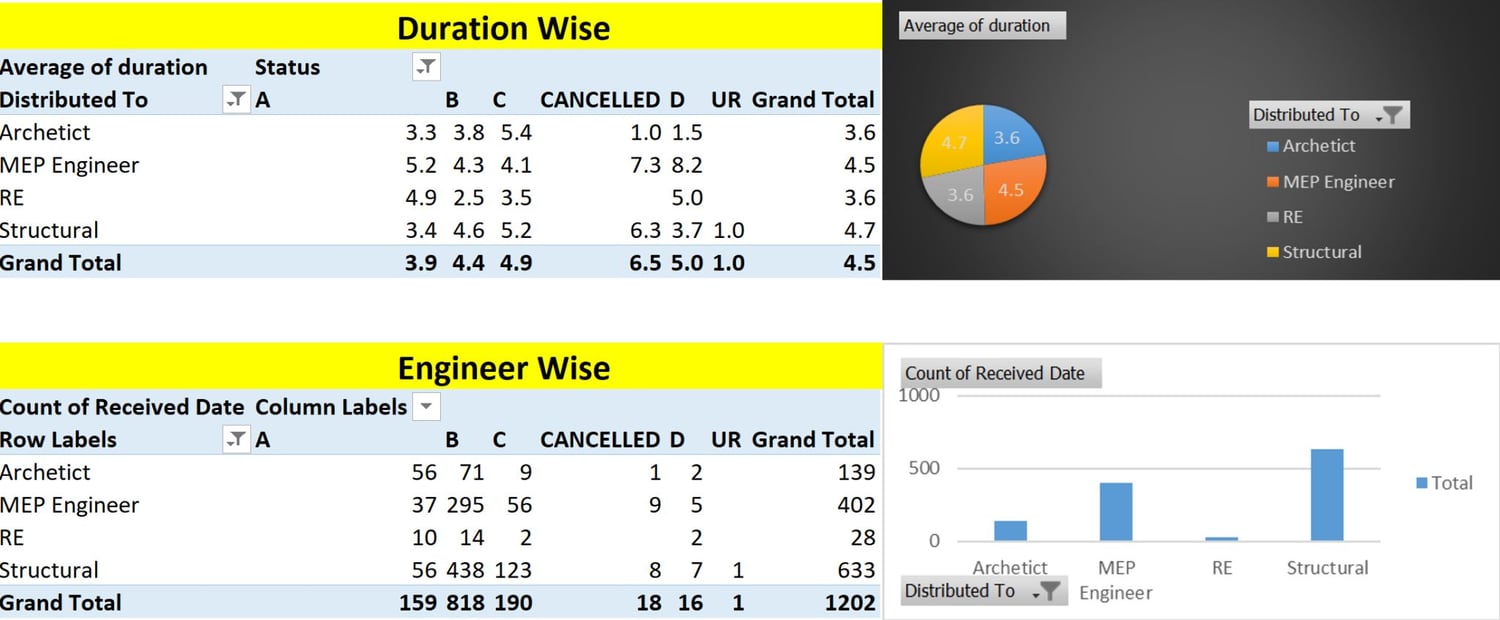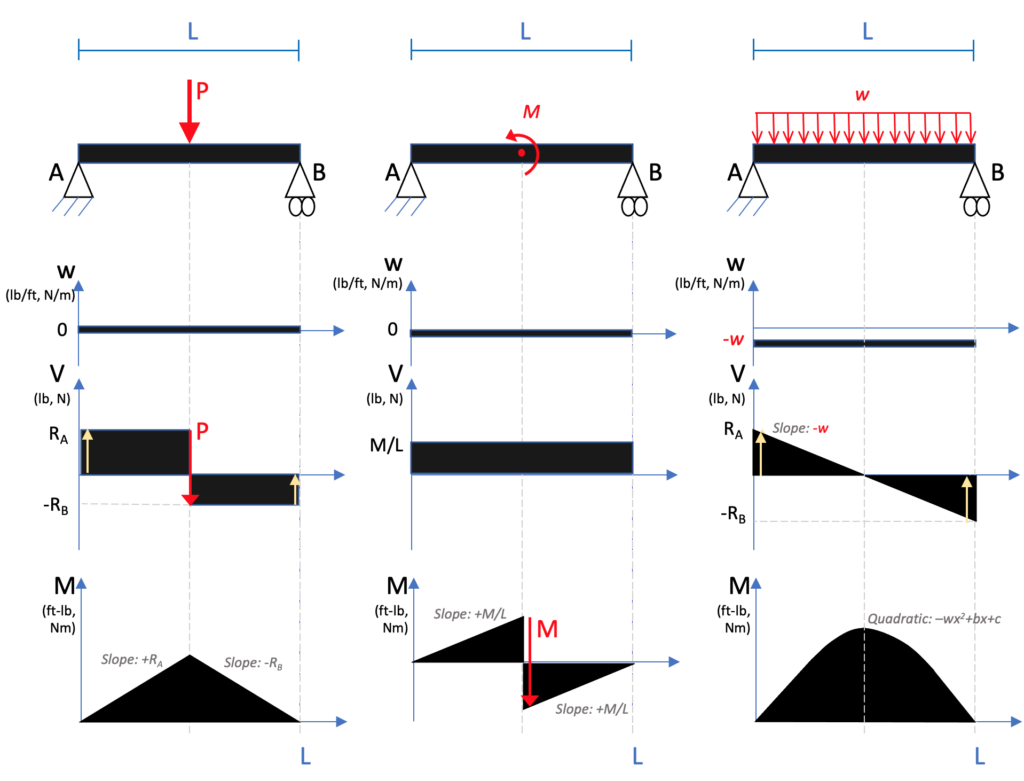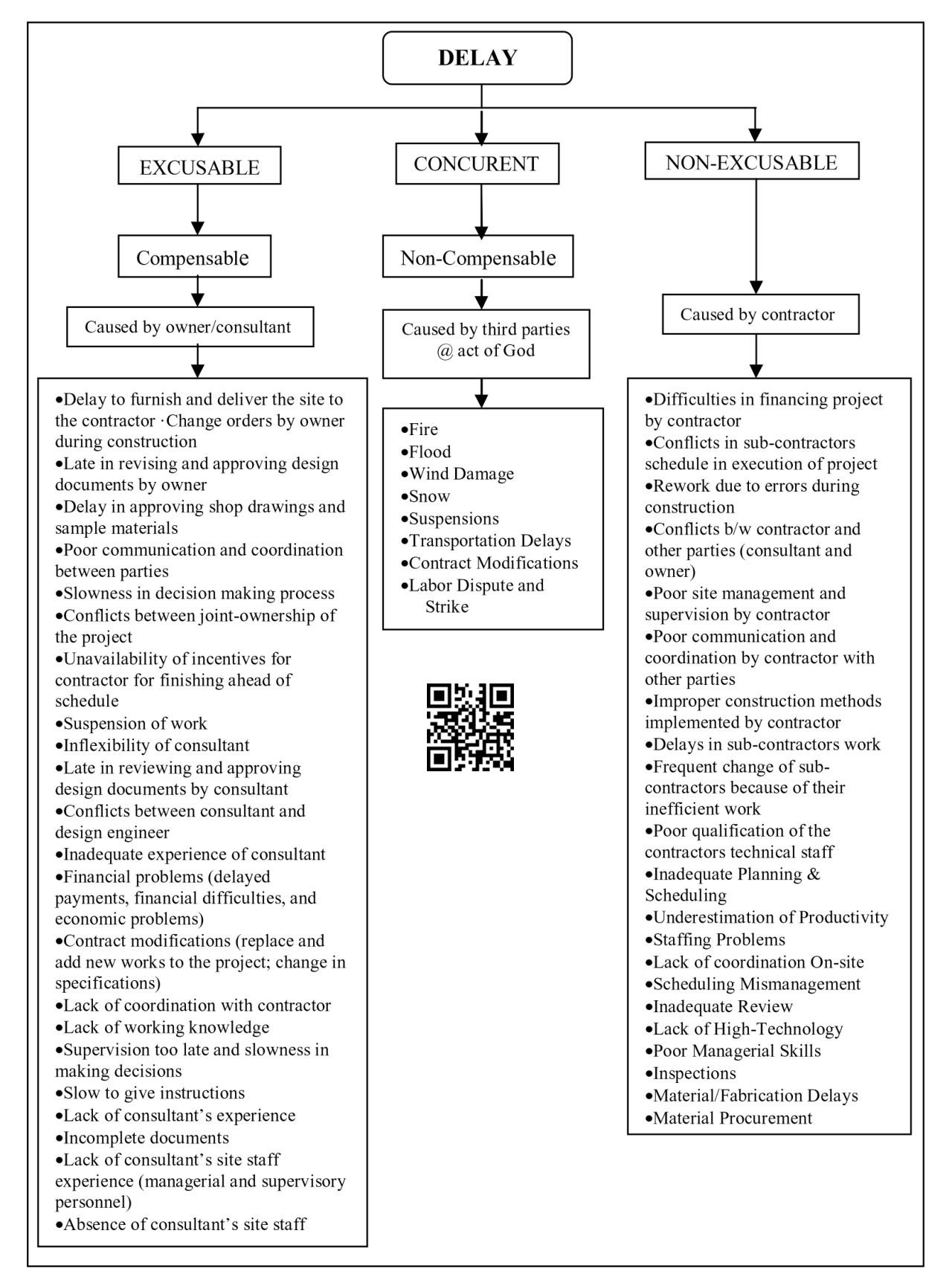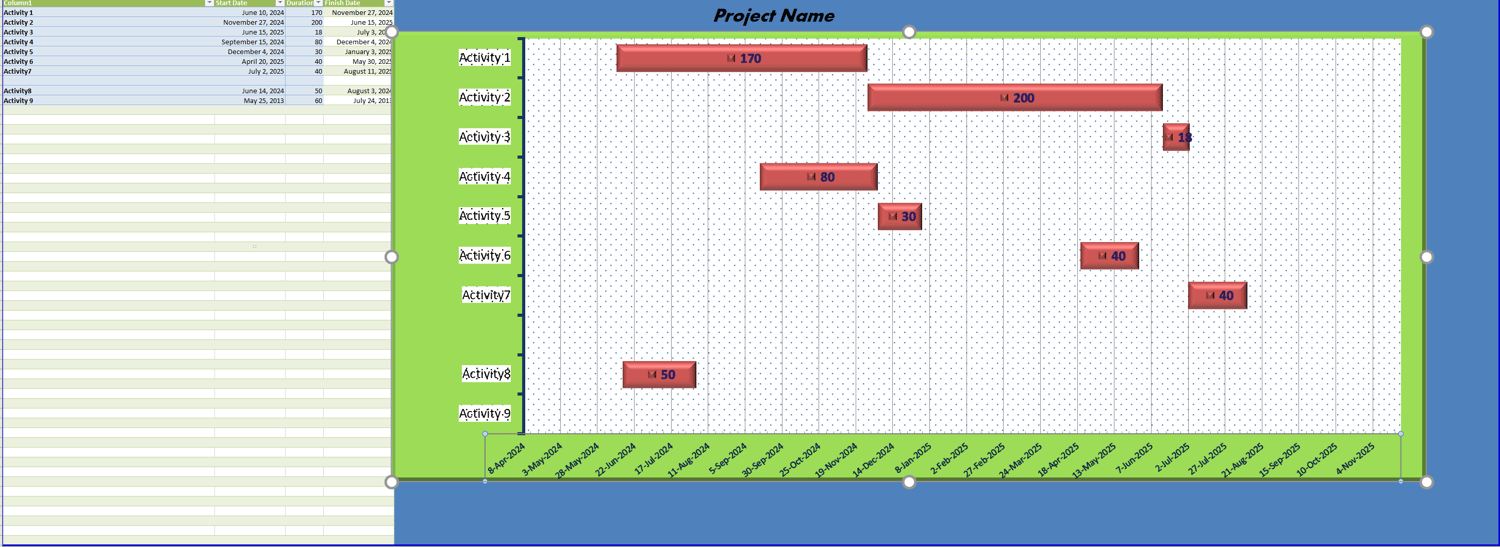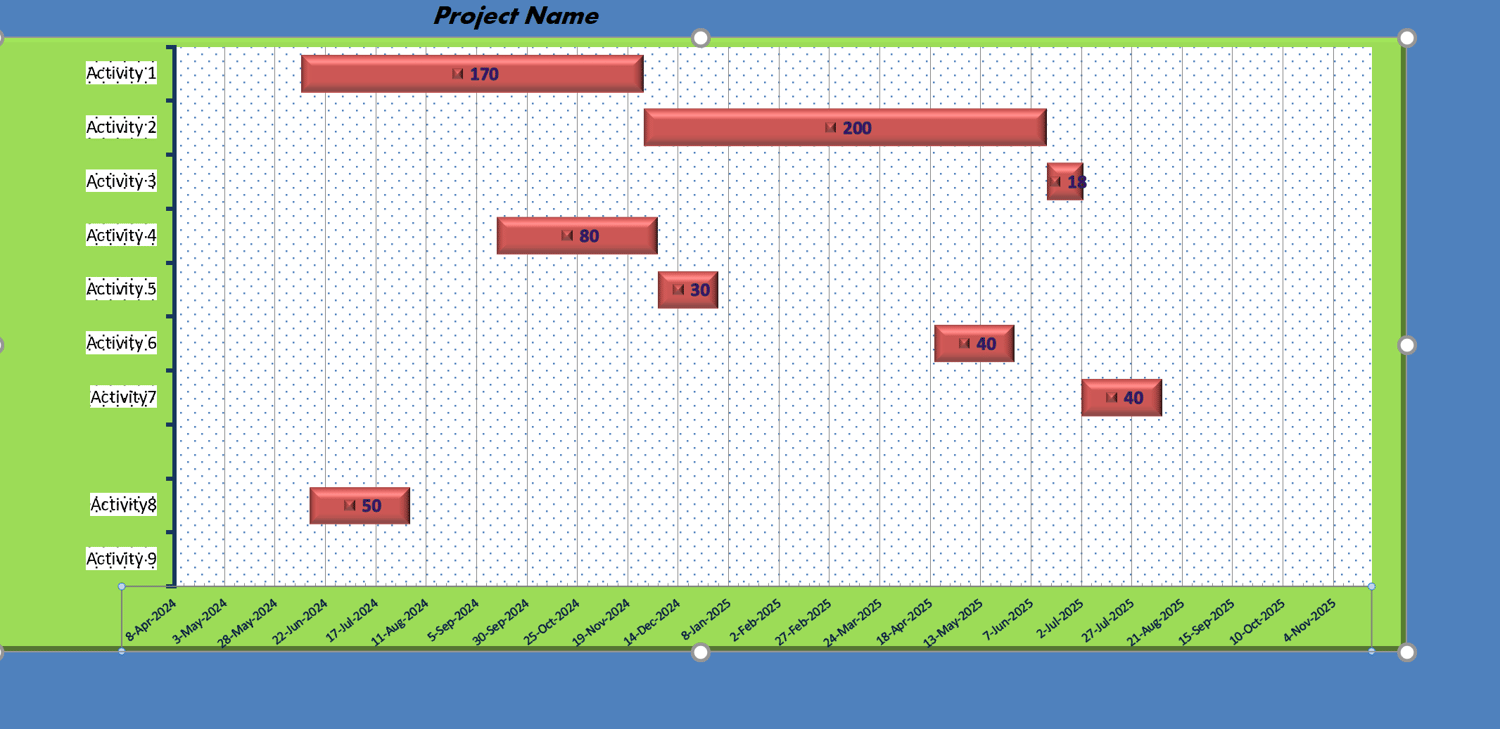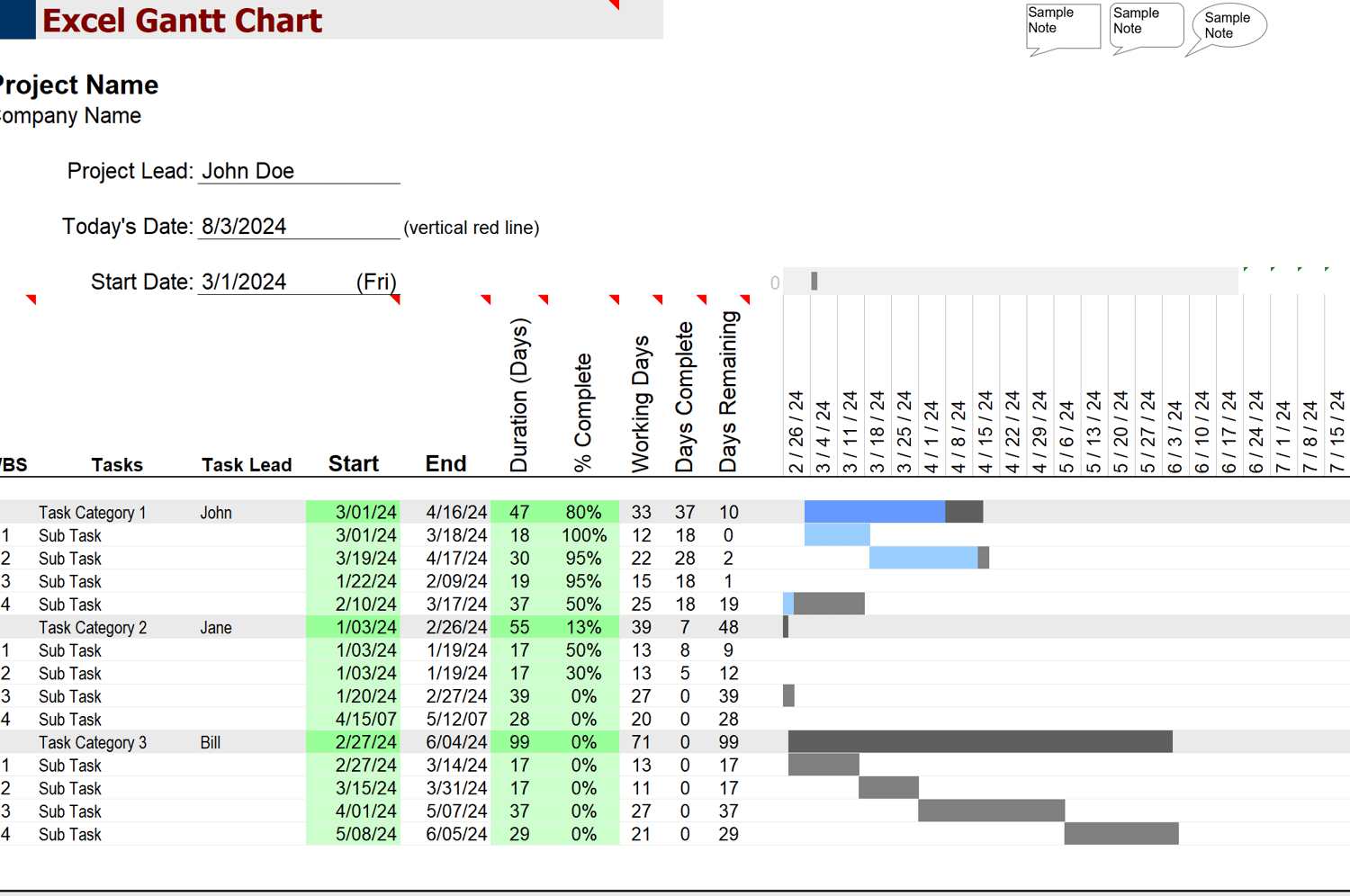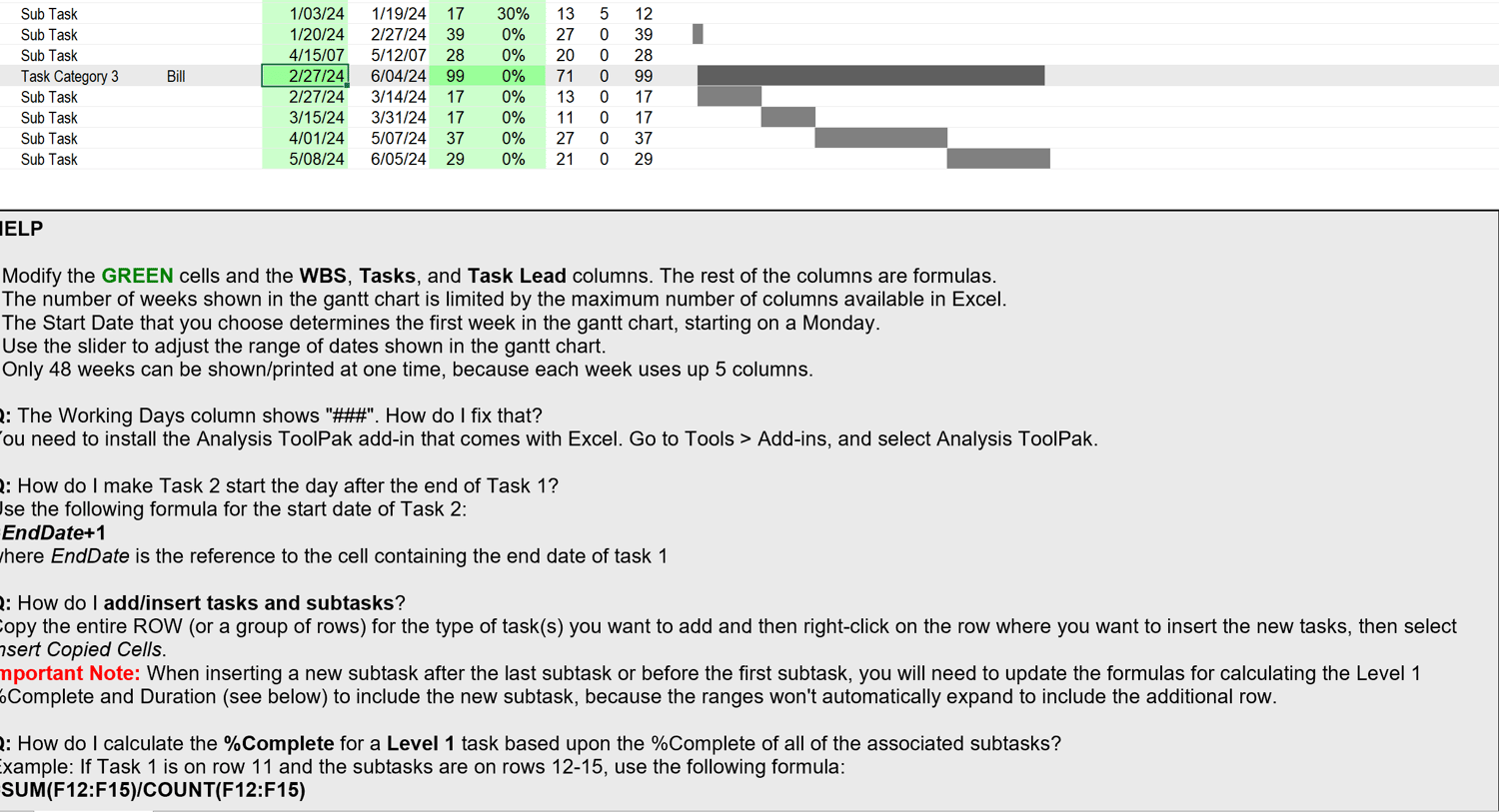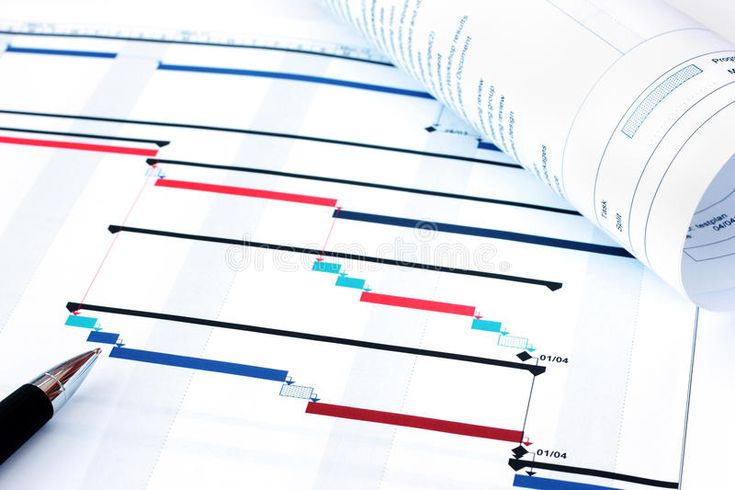Submittal Log

The Ultimate Guide to Creating an Effective Submittal Log Template in Construction
In the fast-paced world of construction, maintaining organized and efficient project documentation is crucial for success. One of the key tools in achieving this is a submittal log template. This article will delve into what a submittal log template is, its importance, and how to ensure it contributes to your project's success.
- Ensures Compliance: A well-maintained submittal log template helps ensure that all materials and methods comply with the project specifications, codes, and standards.
- Facilitates Communication: It acts as a central communication tool among project managers, contractors, architects, and engineers.
- Tracks Progress: It allows for tracking the status of each submittal, ensuring timely reviews and approvals, which helps avoid delays.
- Documentation: Provides a comprehensive record for future reference, audits, and dispute resolution.
- Efficiency: Using a template standardizes the process, making it easier for everyone involved to manage and update the submittal log consistently.
Calculation of KPIs
For the Team:
- Review Time: Measure the average time taken by the team to review and approve submittals. This KPI helps identify bottlenecks and areas for process improvement.
- Accuracy Rate: Track the percentage of submittals approved without needing resubmission. High accuracy indicates thorough initial reviews and clear communication of requirements.
- Response Time: Calculate the average time taken to respond to contractor queries or resubmissions. Quick response times improve project flow and stakeholder satisfaction.
For the Contractor:
- Submission Timeliness: Measure the percentage of submittals submitted on or before the due date. This KPI reflects the contractor's adherence to the project schedule.
- Resubmission Rate: Track the number of submittals that require resubmission due to errors or non-compliance. A low resubmission rate indicates high-quality initial submissions.
- Approval Time: Monitor the average time taken for submittals to be approved. This helps the contractor understand the efficiency of their submissions and the review process.
Key Components of a Submittal Log Template
- Submittal Number: A unique identifier for each submittal.
- Description: Brief description of the item or document being submitted.
- Submission Date: The date the submittal was made.
- Review and Approval Status: Current status of the submittal (e.g., under review, approved, rejected).
- Reviewer's Comments: Any comments or notes from the reviewer.
- Required Resubmittal Date: If applicable, the date by which a revised submittal must be provided.
- Responsible Party: The person or team responsible for the submittal.
Best Practices for Using a Submittal Log Template
- Consistency: Ensure that all entries follow a consistent format and terminology. This makes it easier for everyone involved to understand and use the log.
- Regular Updates: Keep the log updated in real-time to reflect the current status of each submittal. Regular monitoring helps identify potential delays and address them proactively.
- Training: Provide training for your team on how to use and update the submittal log effectively.
- Quality Control: Implement a quality control process to review the submittals before they are submitted to the client or design team. This reduces the chances of rejection and resubmission.





